Scheduled Chimney Checks for Long-Term Durability
Regular chimney inspections are essential for maintaining safe and efficient fireplace operation. They help identify potential issues before they become costly repairs or safety hazards.
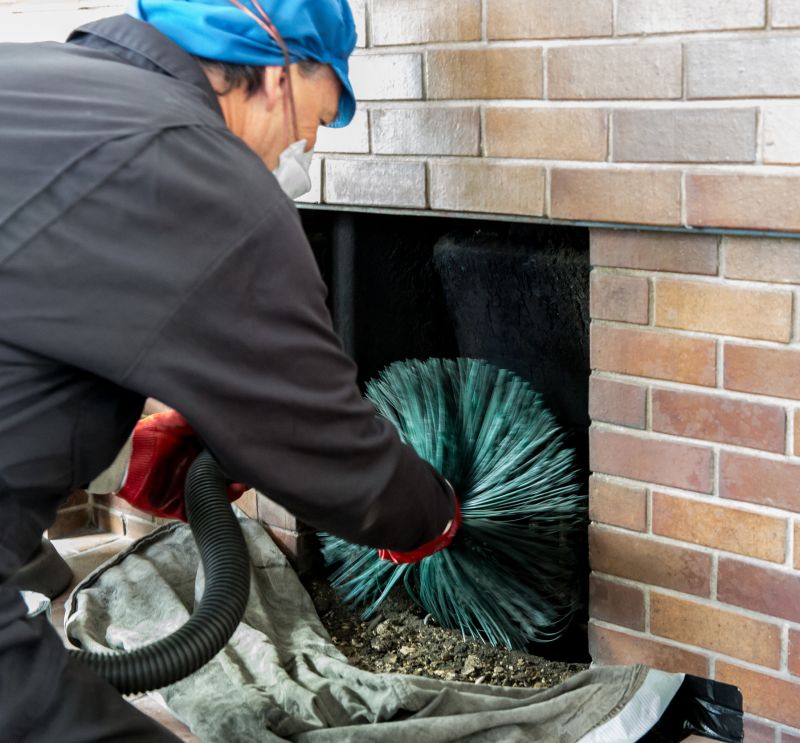
A thorough inspection includes examining the chimney's structure, liner, cap, and damper to ensure proper function.
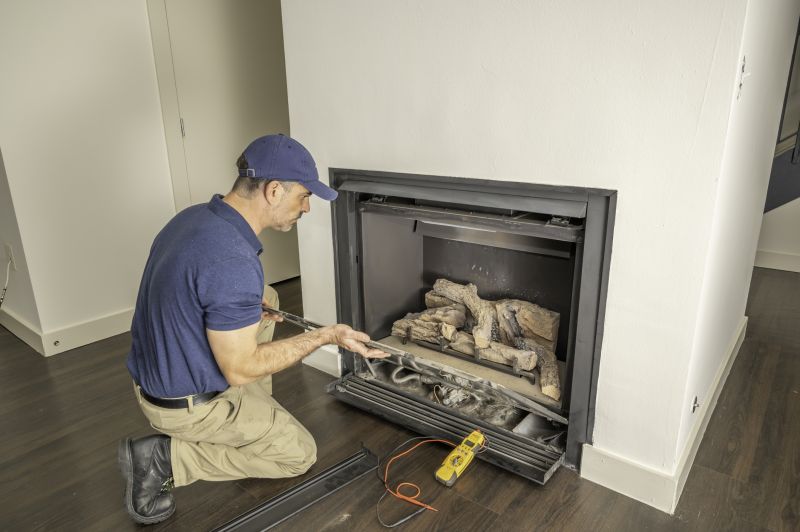
Key parts such as the chimney cap, liner, and damper play vital roles in safety and performance.

A damaged or missing cap can allow debris, animals, and water to enter, leading to damage and blockages.
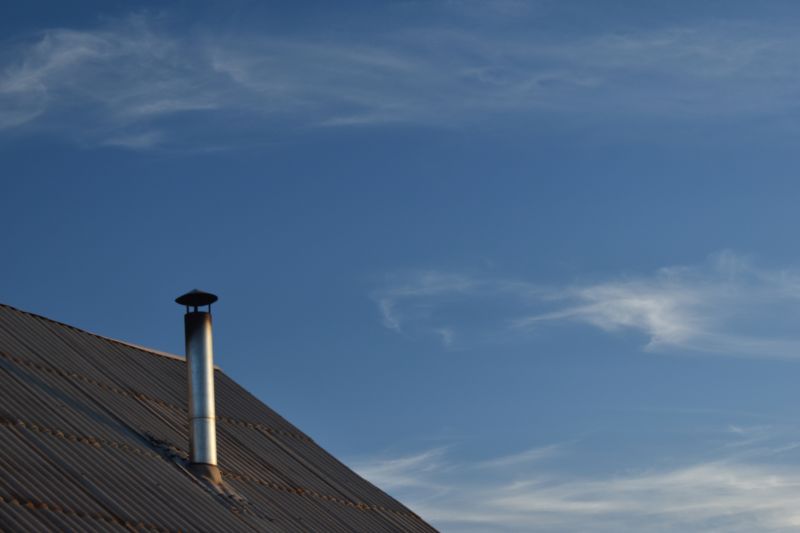
The liner protects the chimney walls and prevents heat transfer. Cracks or deterioration can pose fire risks.

The damper controls airflow and should seal properly to prevent drafts and heat loss.
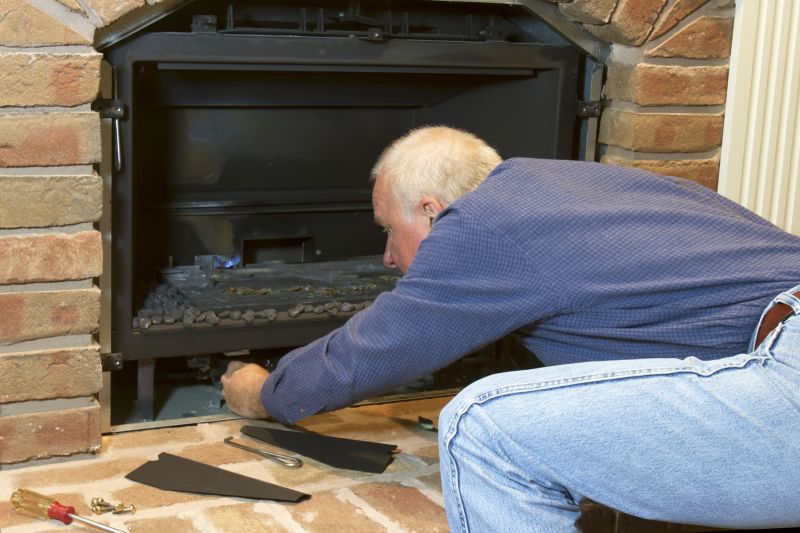
Inspections help identify creosote buildup and structural issues that could lead to fire hazards.
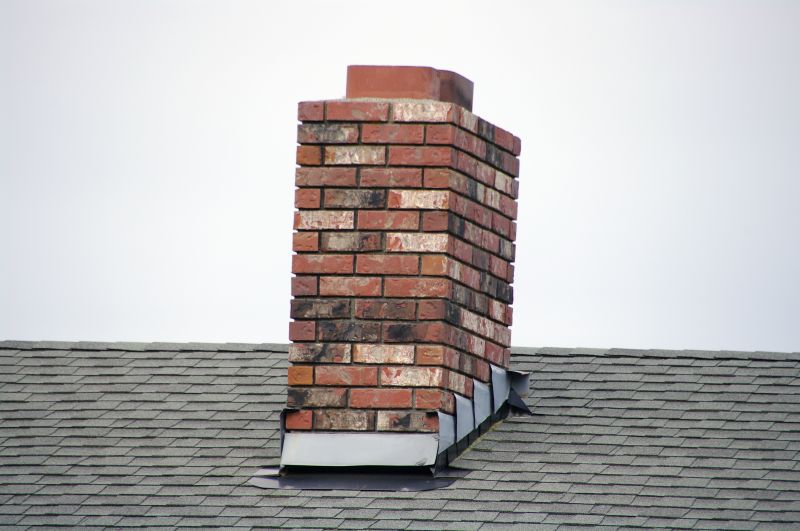
Issues like blockages, cracks, and corrosion can compromise safety and efficiency.

Exterior and interior checks ensure all components are intact and functioning correctly.
Ensuring the chimney and fireplace are functioning properly is crucial for safety and efficiency. Neglecting inspections can lead to dangerous blockages, creosote buildup, or structural damage, increasing the risk of chimney fires, smoke intrusion, or carbon monoxide leaks. Important components such as the chimney cap, liner, damper, and firebox must be regularly checked to prevent hazards.
A properly functioning cap prevents debris, water, and animals from entering the chimney.
A well-maintained liner protects the chimney walls and reduces fire risks.
Proper damper operation ensures efficient airflow and heat retention.
Cracks, rust, or blockages indicate the need for professional inspection.
Routine inspections help detect issues early, ensuring the fireplace operates safely and efficiently. Neglecting these checks can lead to costly repairs and safety hazards.

A well-maintained chimney supports safe wood burning.
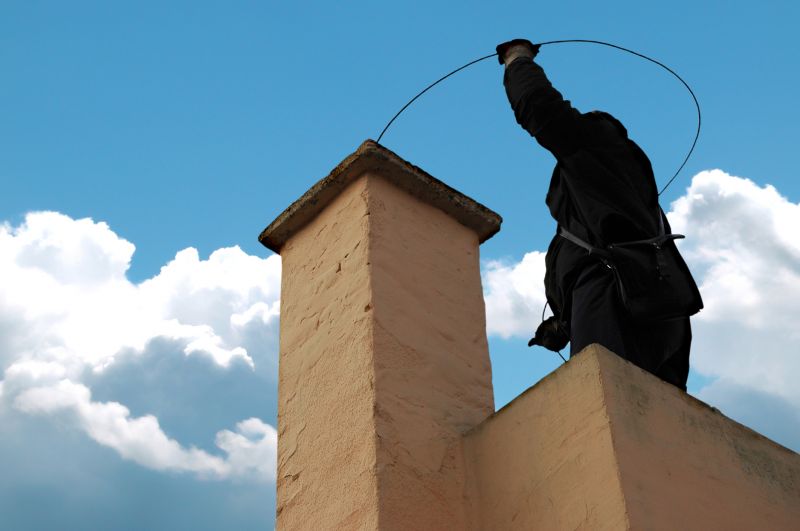
Regular cleaning prevents creosote buildup.

Caps protect against weather and pests.
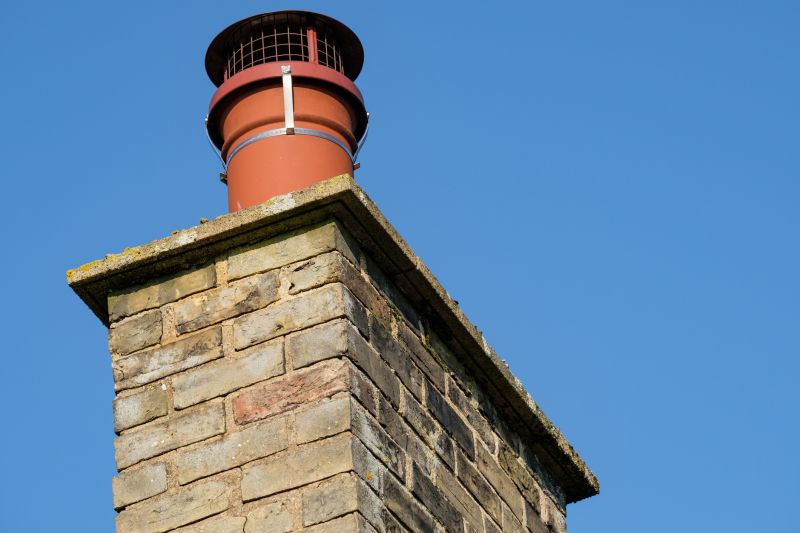
Properly sealed dampers improve energy efficiency.

Cracks can lead to dangerous leaks and fire hazards.
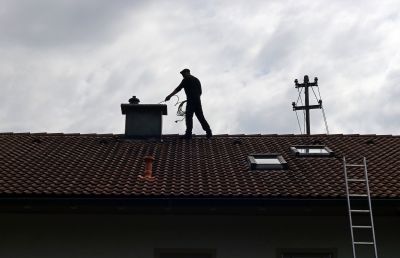
A clear flue ensures proper ventilation.
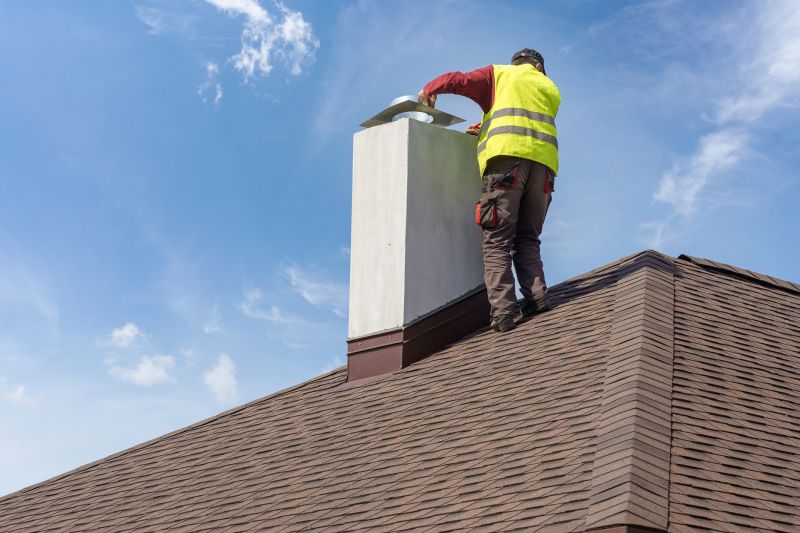
Check for structural damage or deterioration.
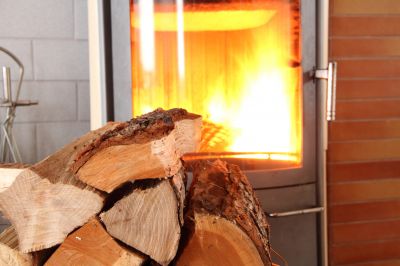
Proper setup enhances safety and performance.
Contact the appropriate service provider to schedule a comprehensive chimney inspection. Regular assessments help maintain safety, improve efficiency, and prolong the lifespan of fireplace components.



